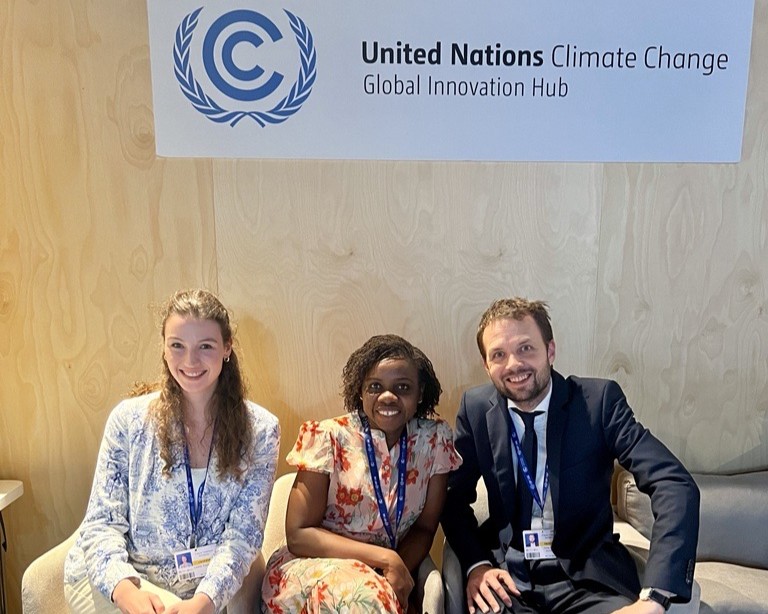Our team has just arrived at COP28 and is preparing for tomorrow’s sessions on Innovative Renewables for Energy Security (10:00 GST) and Future RD&D Needs (14:00 GST), conducting an interview on Aviation, and meeting partners, to discuss topics ranging from long duration energy storage to the Future Cleantech Festival next year in Remscheid.
If you are in Dubai, we would love to connect! The UN Climate Change’s Global Innovation Hub Pavilion is in Zone 2B, Building 24, right next to the entrance to the green zone.
For online participation, you can find the streaming link for our first session, Innovative Renewables for Energy Security, here, and for Future RD&D Needs, here.
To follow our activities driving cleantech innovation harder at COP28, please see our website.



